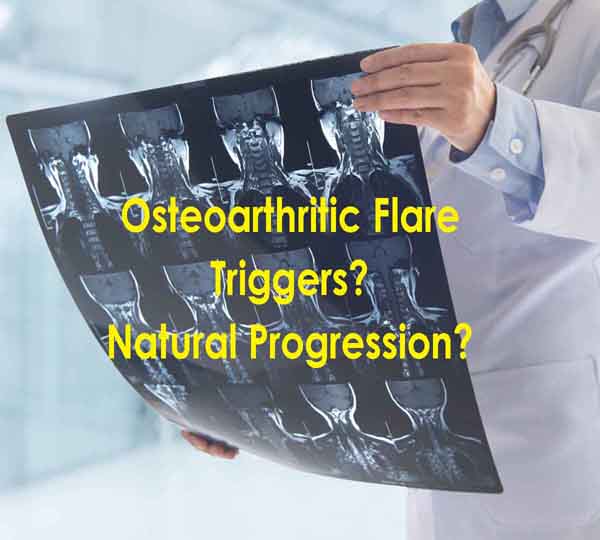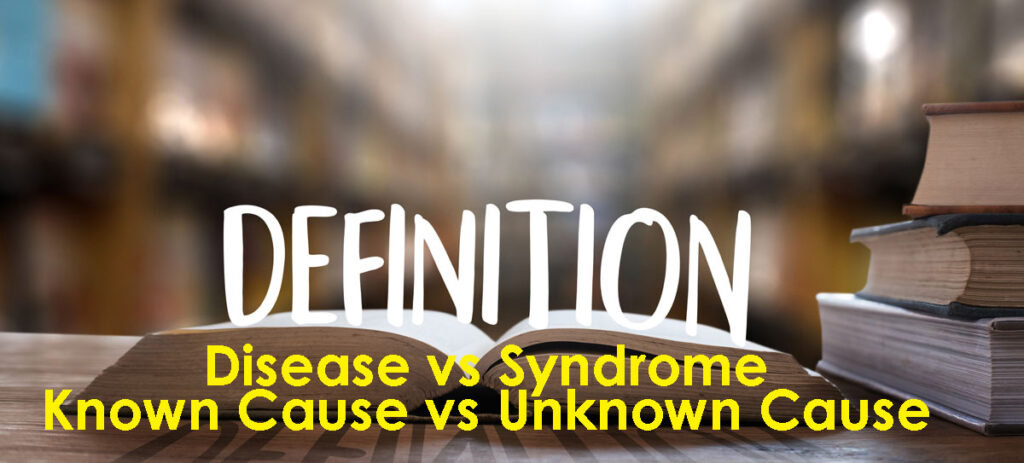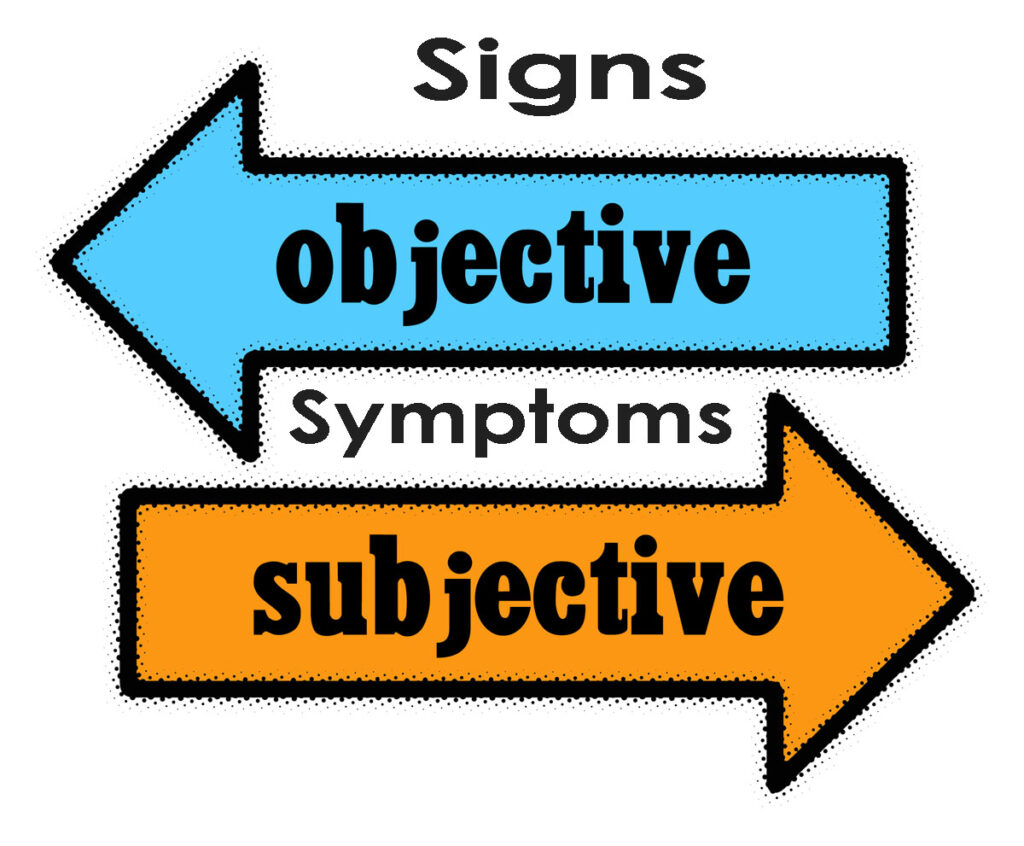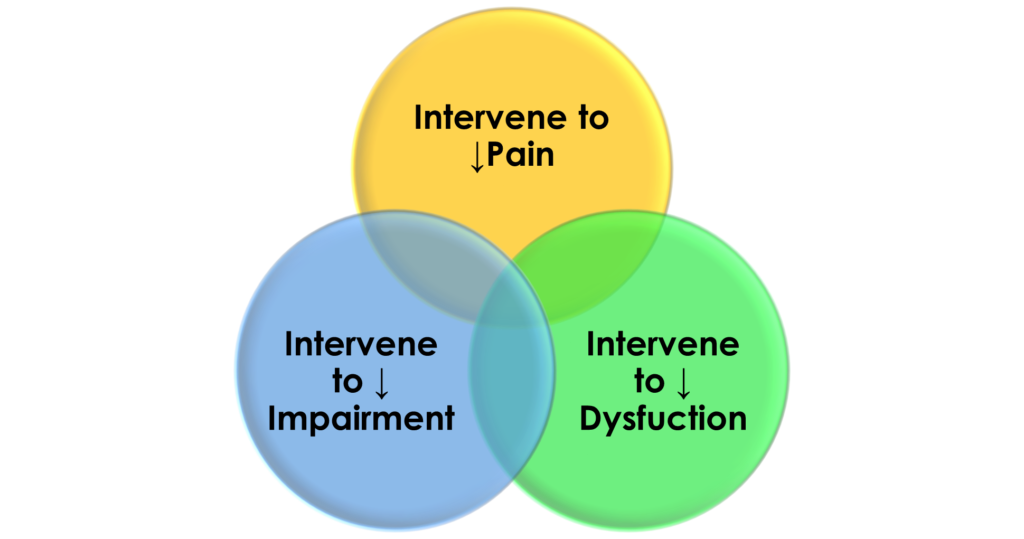Posts Tagged ‘knee pain’
Musculoskeletal pain which are important steps which are less important?
Thesis: Choosing a diagnosis is an early step in solving non-traumatic muscle and bone pain problems. A diagnosis helps guide treatment, predict how problems will progress, and improve communication. A diagnosis has many functions, including direction for intervention to solve problems, predicting how problems will progress, and assisting in communication. Antithesis: Medical terminology is notoriously…
Read MoreWhat is the alternative to I have fallen, & I can’t get up? – improve strengthen flexibility “just do it”
A patient with Parkinson’s syndrome, living alone expressed to me his frustration. He had fallen and was unable to get back up. He pissed on himself. He used his fall alert system via the internet to notify the rescue squad. In addition to the embarrassment, he felt about not being able to get back up…
Read MoreAdjusting the exercise load to manage musculoskeletal pain syndrome
Adjusting the amount of exercise load involves seeking a balance between increasing or decreasing the load. Athletes and healthy individuals the bias is towards increasing the load to improve capacity and performance. For musculoskeletal injuries, post-orthopedic surgery, or musculoskeletal pain syndromes, the bias is towards decreasing the load to facilitate healing and recovery. Tactics to…
Read MoreHow does the natural progression of osteoarthritis influence the management of osteoarthritic flares?
Case Example: Over the last year, on several occasions, a patient has sought assistance for recurring flaring neck pain. Radiographs show moderate osteoarthritic (OA) changes in the cervical spine. A history of mild to moderate scoliosis of the spine has existed since childhood. Over the years, the neck pain has alternated from long periods of…
Read MoreDeviant movement resulting in pain – Excessive Toe Out Gait
Asymmetrical movements walking or running are considered deviant or less than optimal movements. The individual in the video below is complaining of musculoskeletal pain in the left lower extremity. What do you see? Do you see the asymmetrical movement? Do you see the right foot is pointing straight ahead, and the left foot is not…
Read MoreUnderstanding the Nuances of Disease, Syndrome, & Uncertainty in Musculoskeletal Pain
Disease is a particular abnormal condition that adversely affects the structure or function of all or part of an organism and is not immediately due to an external injury. Syndrome is a group of symptoms that consistently occur together or a condition characterized by a set of associated symptoms. While disease and syndrome both involve…
Read MoreUsing symptoms &/or sign modification procedure to manage musculoskeletal pain syndrome
The symptom modification procedure is a clinical reasoning process and is a common practice in the Physical Therapy profession. The symptom modification procedure involves identifying the specific movement, posture, and/or activity that reproduces the patient’s symptoms. Typically, the symptom is pain, which can be weakness, falls, or other functional limitations. Then intervening to alter the…
Read MoreUsing a selfie video for motion analysis
A selfie video can enhance motion analysis for the diagnosis and intervention of painful musculoskeletal injury, for injury prevention, and for enhancing movement performance. A selfie video is a video recording that you take of yourself, also called a velifie A selfie video can: Provide opportunities for reflective self-learning. Provide visual data regarding comparing…
Read MoreChoices of interventions for musculoskeletal pain syndromes: decrease pain, improve impairment, resolve dysfunction
There are multiple and varied interventions that can tackle the contributing factors of pain, impairment, and dysfunction that occurs with musculoskeletal pain syndromes. Pain impairs an individual’s ability to function Impairment is loss of use or derangement of any body part, organ system, or organ function. Dysfunction is an alteration of an individual’s capacity to…
Read MoreSurgery vs non-surgical intervention -Decision for musculoskeletal pain syndrome
When deciding whether to proceed with irreversible intervention such as elective or discretionary orthopedic surgery it is essential to consider the biases of the surgeon, non-surgical healthcare provider, and the patient. For many orthopedic injuries especially nontraumatic or less acute musculoskeletal pain syndromes surgery can be an intervention option. For many if not most musculoskeletal…
Read More









